How Well Do You Know Bronx Landmarks?
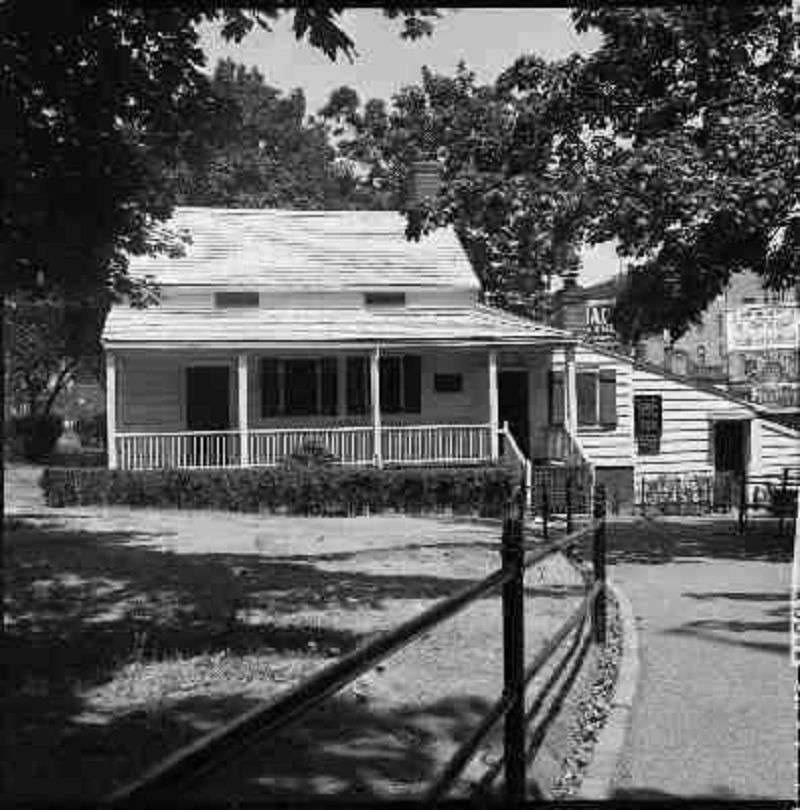
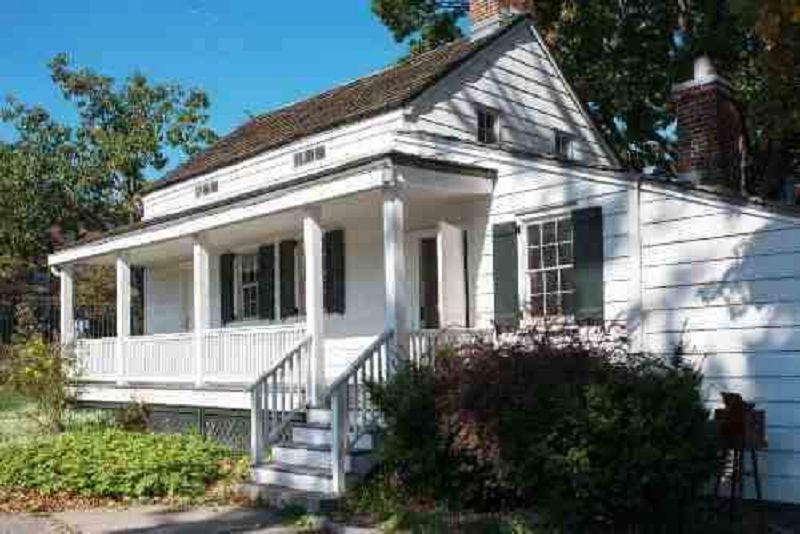




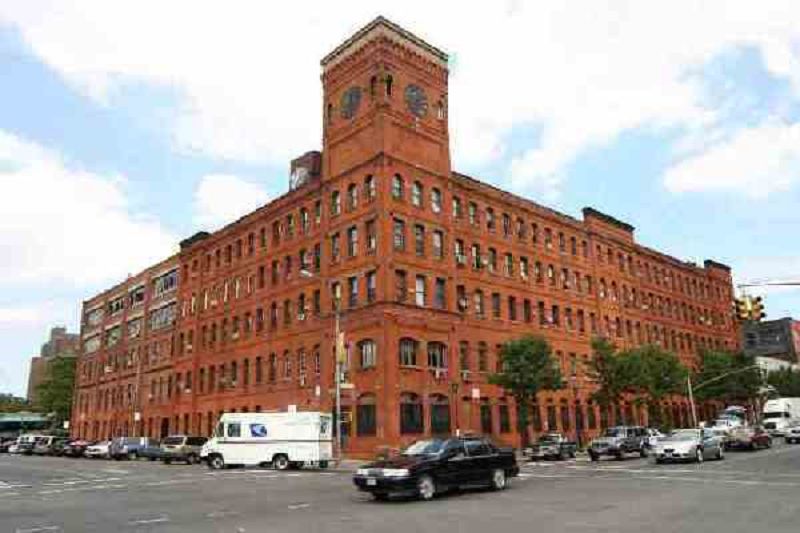
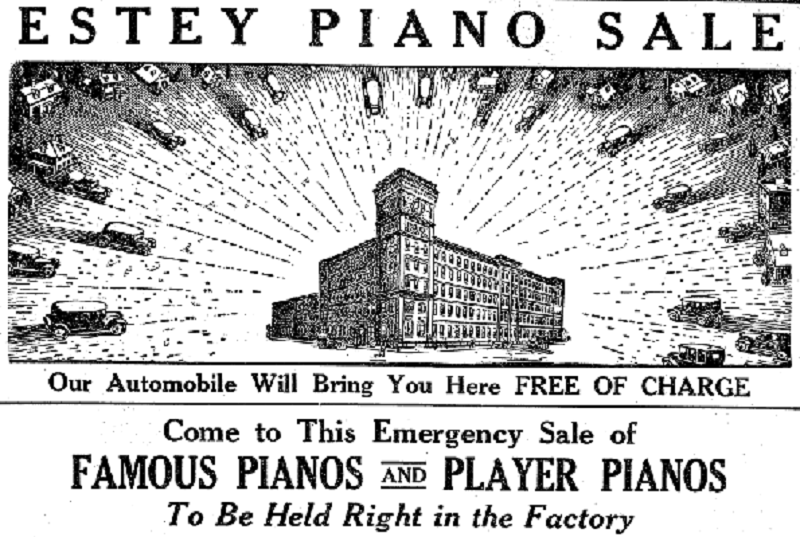
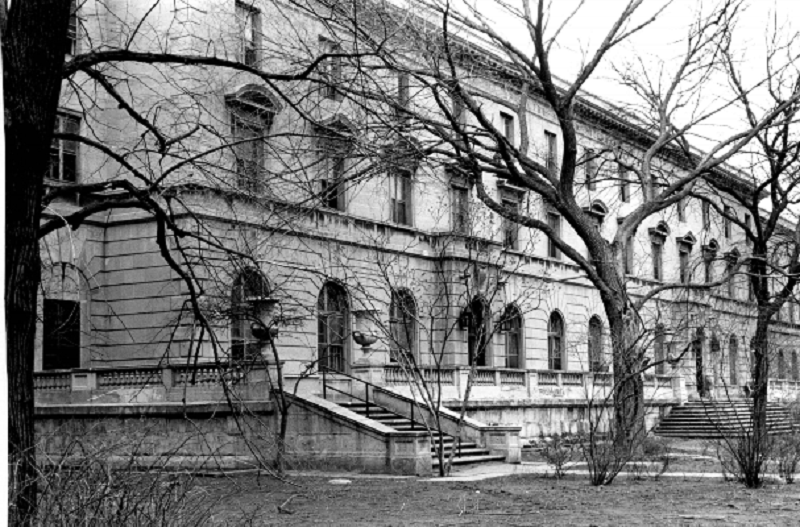


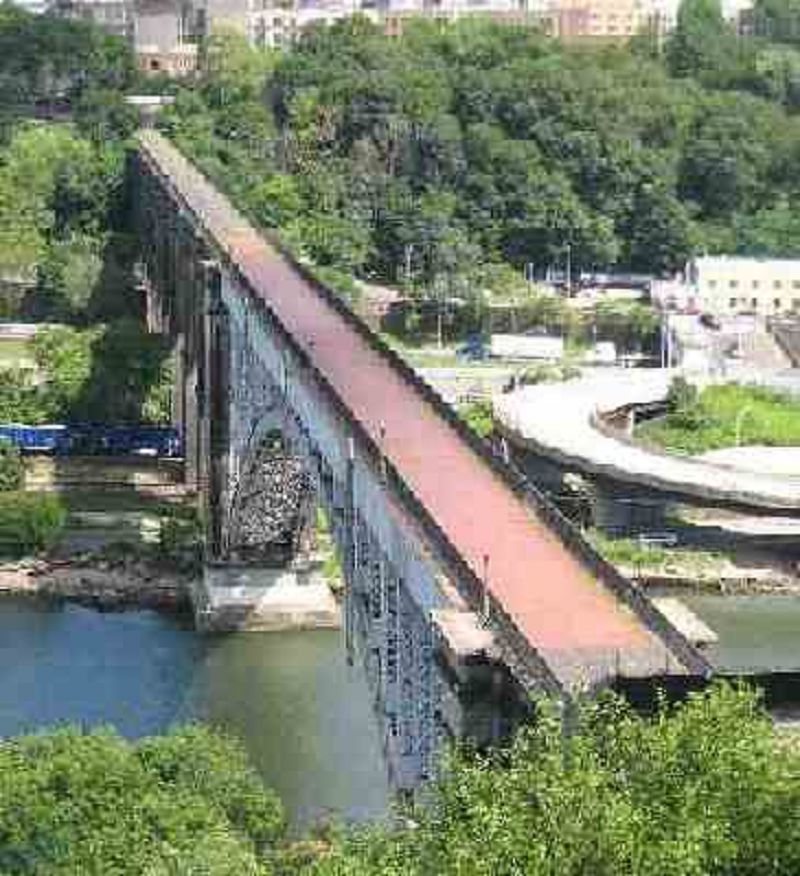
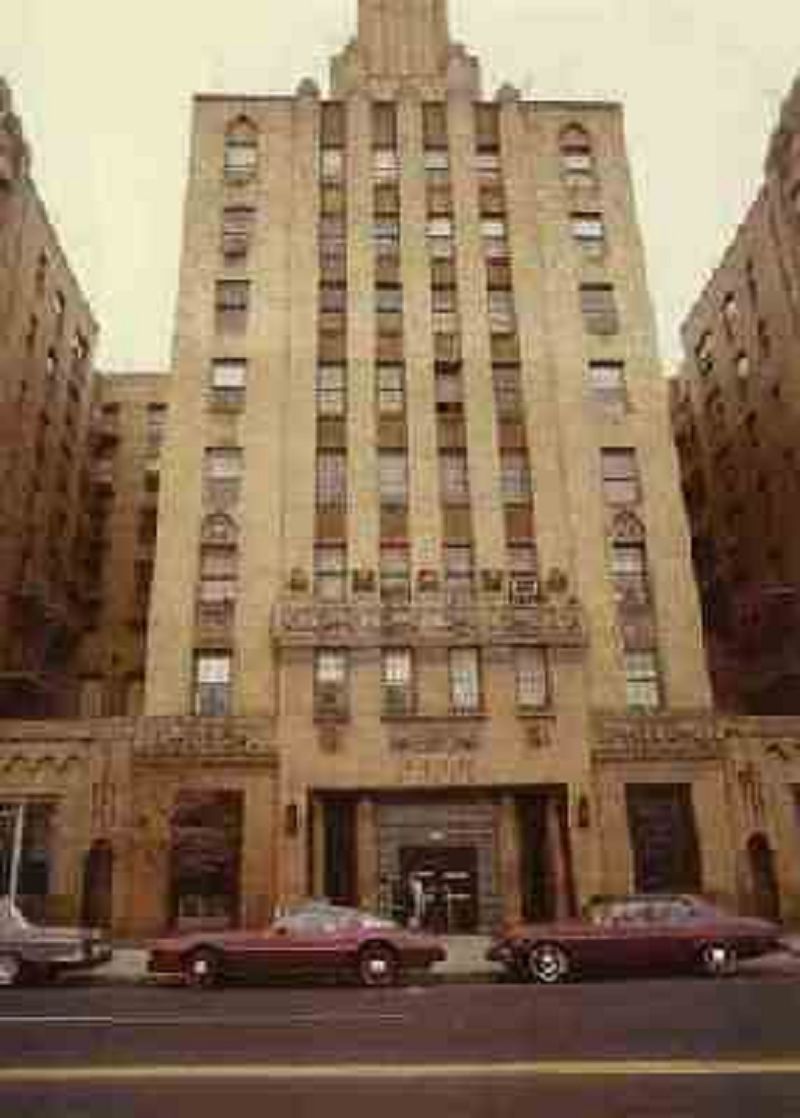
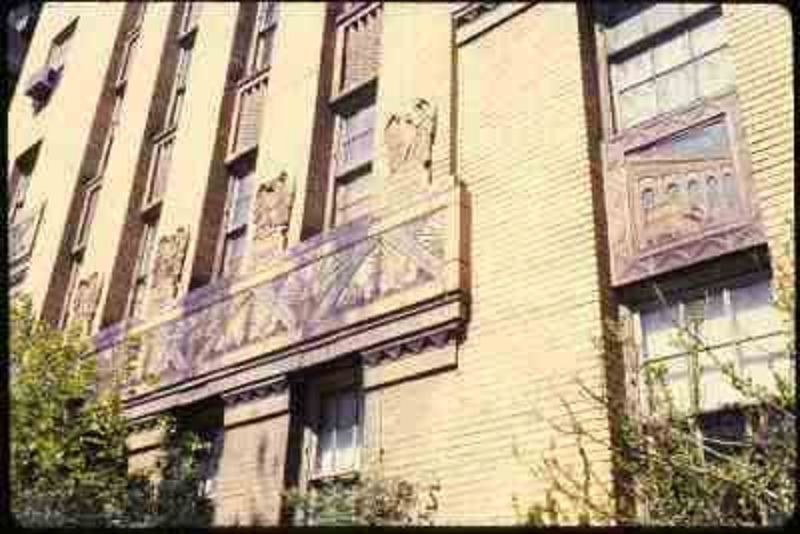
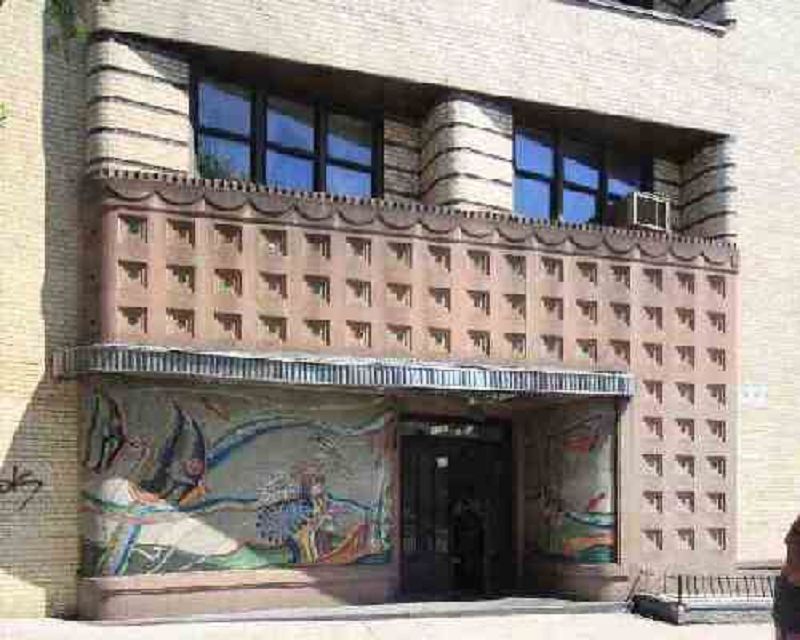
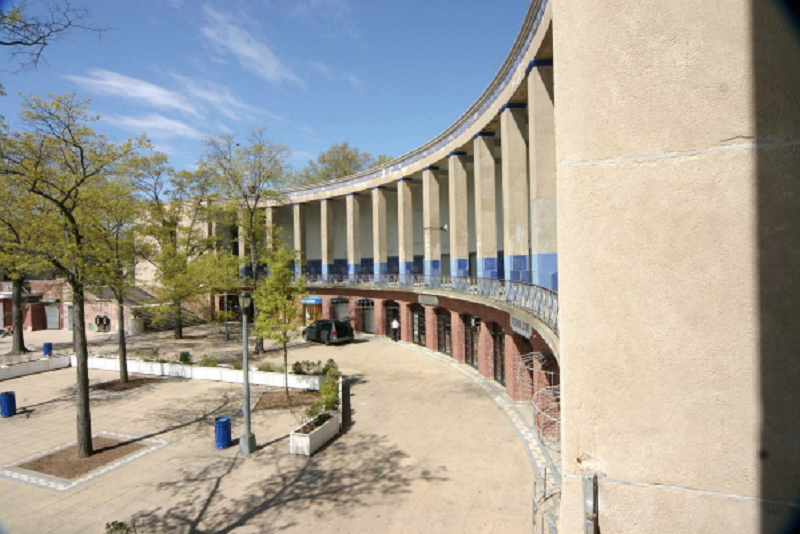
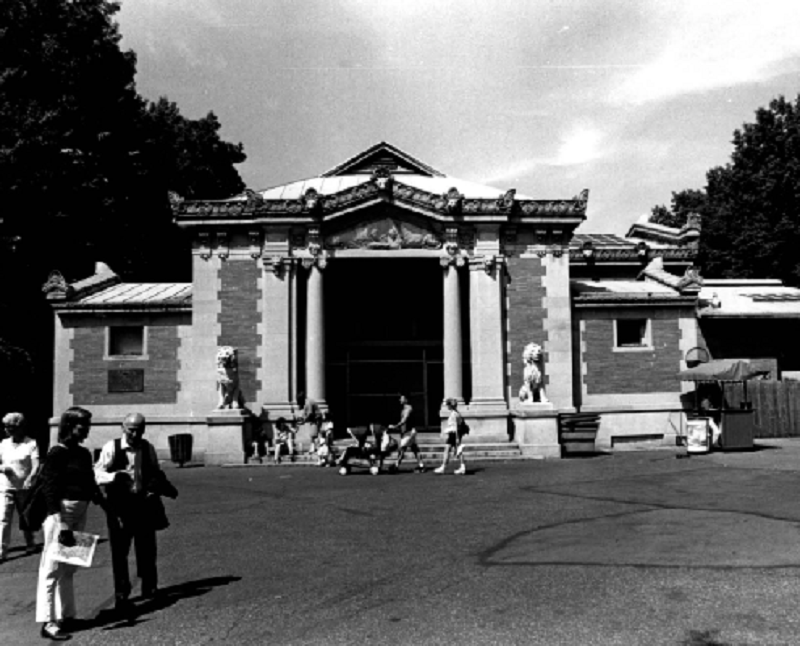

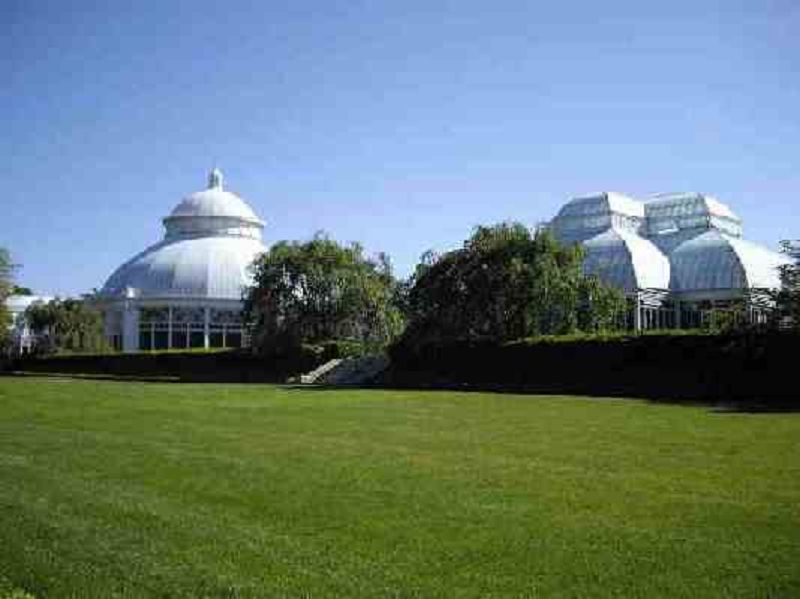
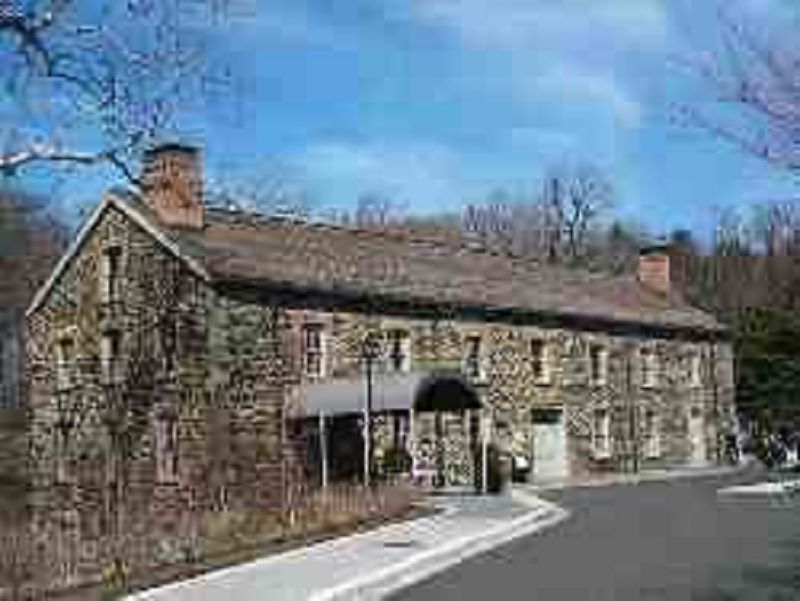
One of the Garden’s original structures dating from 1902, the Conservatory, consisting of a palm house and ten connecting greenhouses, was designed by Lord & Burnham, the leading greenhouse firm of its day. It was rehabilitated in the 1970s largely through the philanthropy of Enid A. Haupt, and was restored and upgraded again in the 1990s. Founded in 1891, the New York Botanical Garden contains two other Landmarks: the Museum Building, Fountain of Life, and Tulip Tree Allee (designated in 2009); and the Lorillard Snuff Mill (above, designed in 1966), a picturesque circa-1840 fieldstone-and-brick building that’s one of the city’s oldest surviving industrial structures.
Lorillard Snuff Mill via Wikimedia Commons user LeoTar
One of the Garden’s original structures dating from 1902, the Conservatory, consisting of a palm house and ten connecting greenhouses, was designed by Lord & Burnham, the leading greenhouse firm of its day. It was rehabilitated in the 1970s largely through the philanthropy of Enid A. Haupt, and was restored and upgraded again in the 1990s. Founded in 1891, the New York Botanical Garden contains two other Landmarks: the Museum Building, Fountain of Life, and Tulip Tree Allee (designated in 2009); and the Lorillard Snuff Mill (above, designed in 1966), a picturesque circa-1840 fieldstone-and-brick building that’s one of the city’s oldest surviving industrial structures.
Lorillard Snuff Mill via Wikimedia Commons user LeoTar
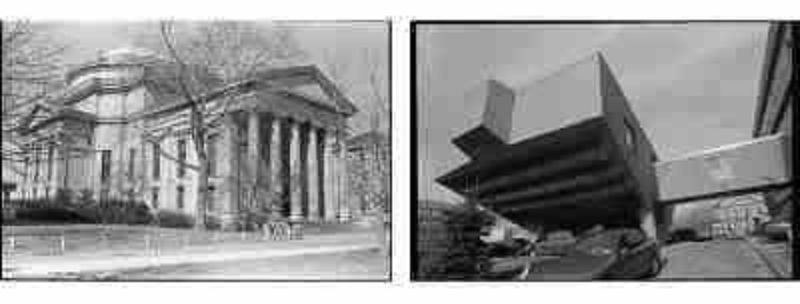
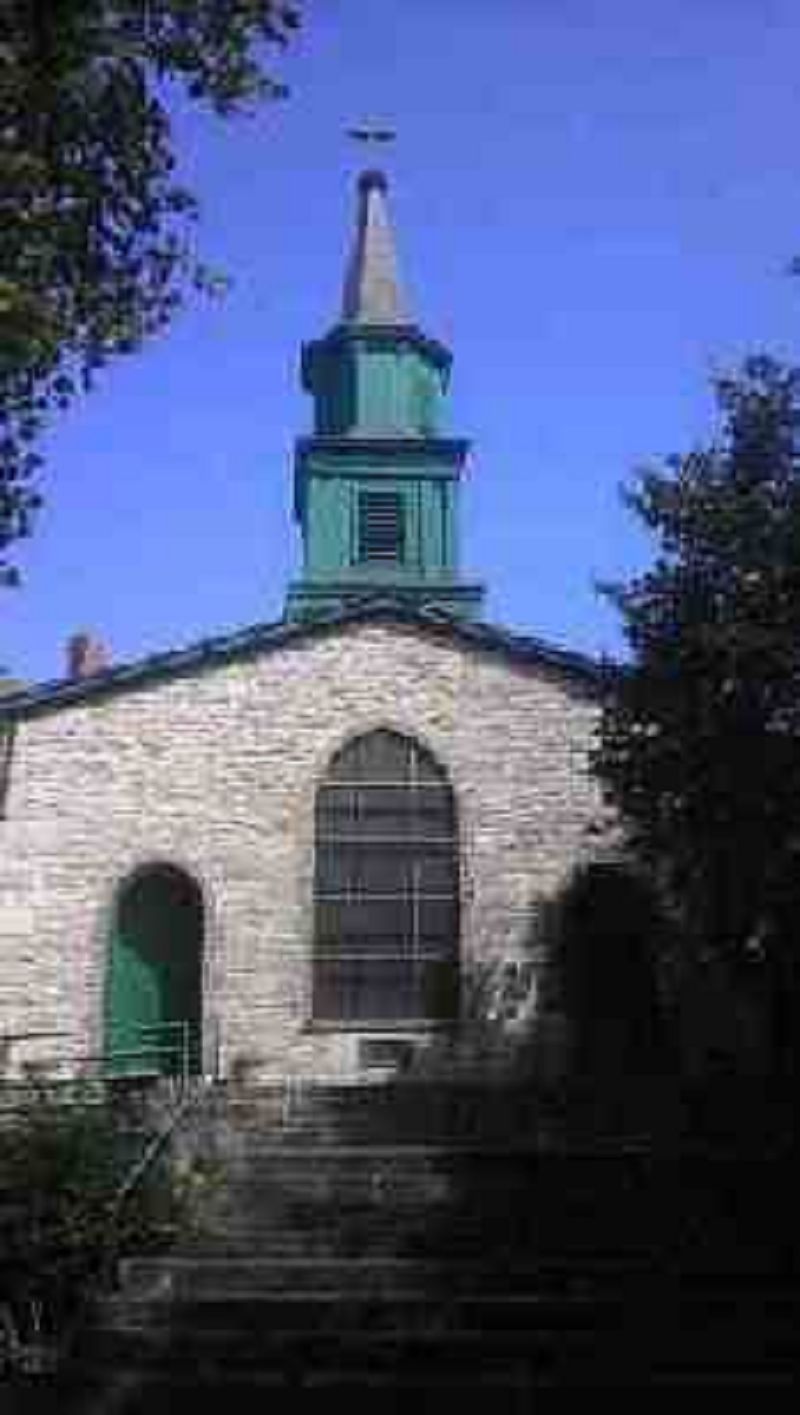
One of the Commission’s earliest designations, Saint Ann’s Church in the South Bronx is a simple vernacular fieldstone church with Gothic windows and a Greek Revival steeple constructed in 1840-41. Adjacent to the church is a cemetery where a framer of the U.S. Constitution, credited with penning its opening line, "We the People of the United States," is buried. A statesman from an important Bronx family, his name is carried on many Bronx place names. Who was he?
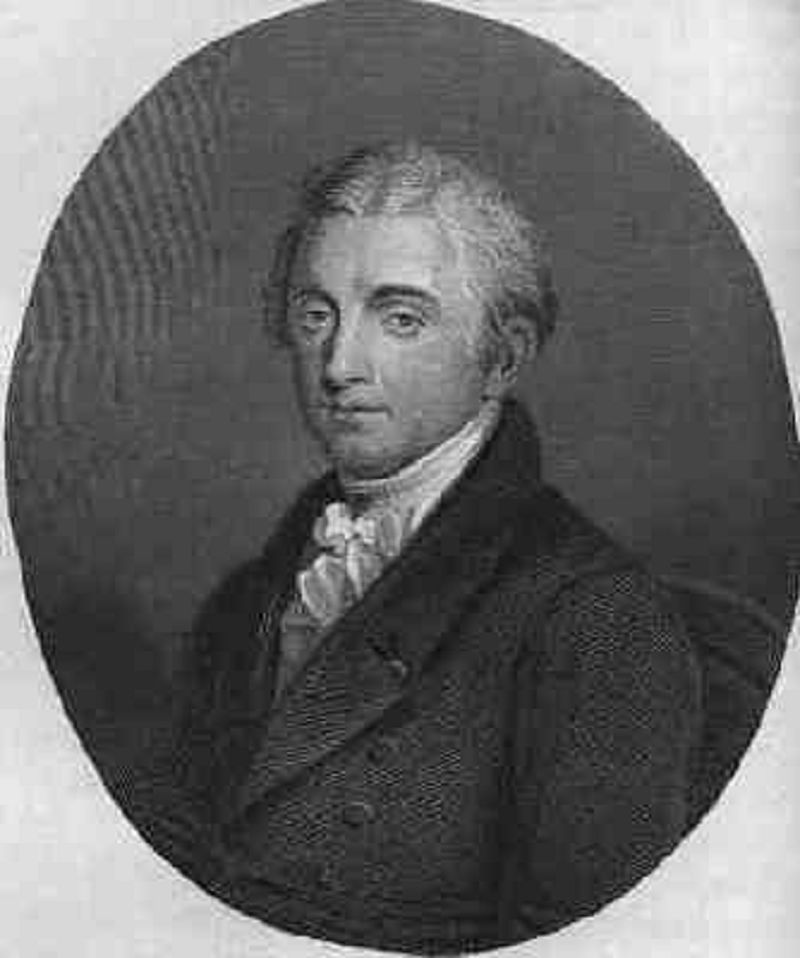
Erected by Morris’ son Gouverneur Morris II in a field on his estate, Saint Ann’s Church adjoins a cemetery serving as the final resting place for several family members, including statesman Gouverneur Morris (1752-1816). The “Penman of the Constitution,” Morris is credited with streamlining the formerly fussy language opening the document into “We the People of the United States.” He was one of the Constitutional Convention’s few delegates to speak openly against slavery, denouncing it, as James Madison later recalled, as a “curse” and a “nefarious institution.” Morris’ name carries on today in many Bronx place names, including that of the Morrisania neighborhood.
Erected by Morris’ son Gouverneur Morris II in a field on his estate, Saint Ann’s Church adjoins a cemetery serving as the final resting place for several family members, including statesman Gouverneur Morris (1752-1816). The “Penman of the Constitution,” Morris is credited with streamlining the formerly fussy language opening the document into “We the People of the United States.” He was one of the Constitutional Convention’s few delegates to speak openly against slavery, denouncing it, as James Madison later recalled, as a “curse” and a “nefarious institution.” Morris’ name carries on today in many Bronx place names, including that of the Morrisania neighborhood.